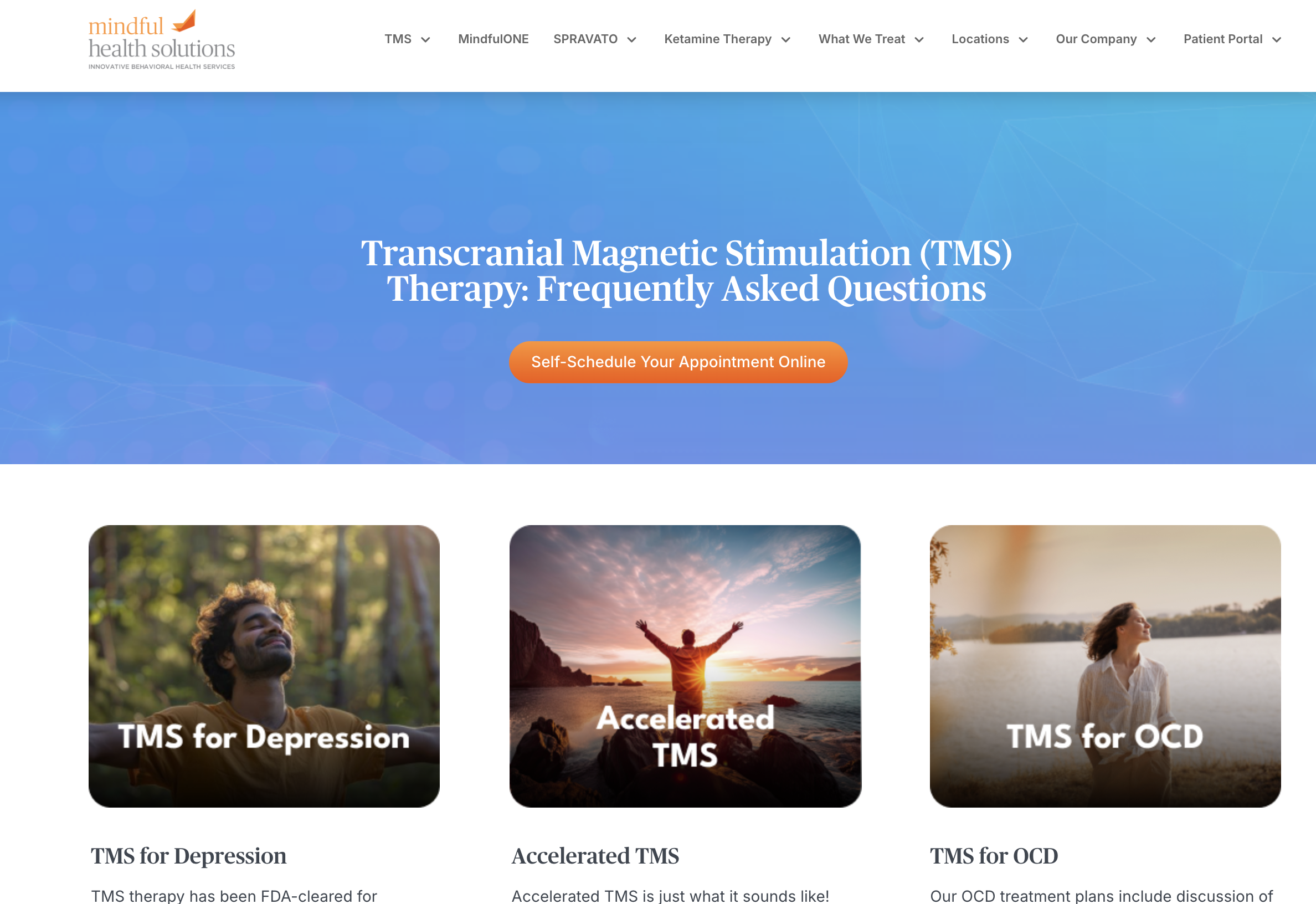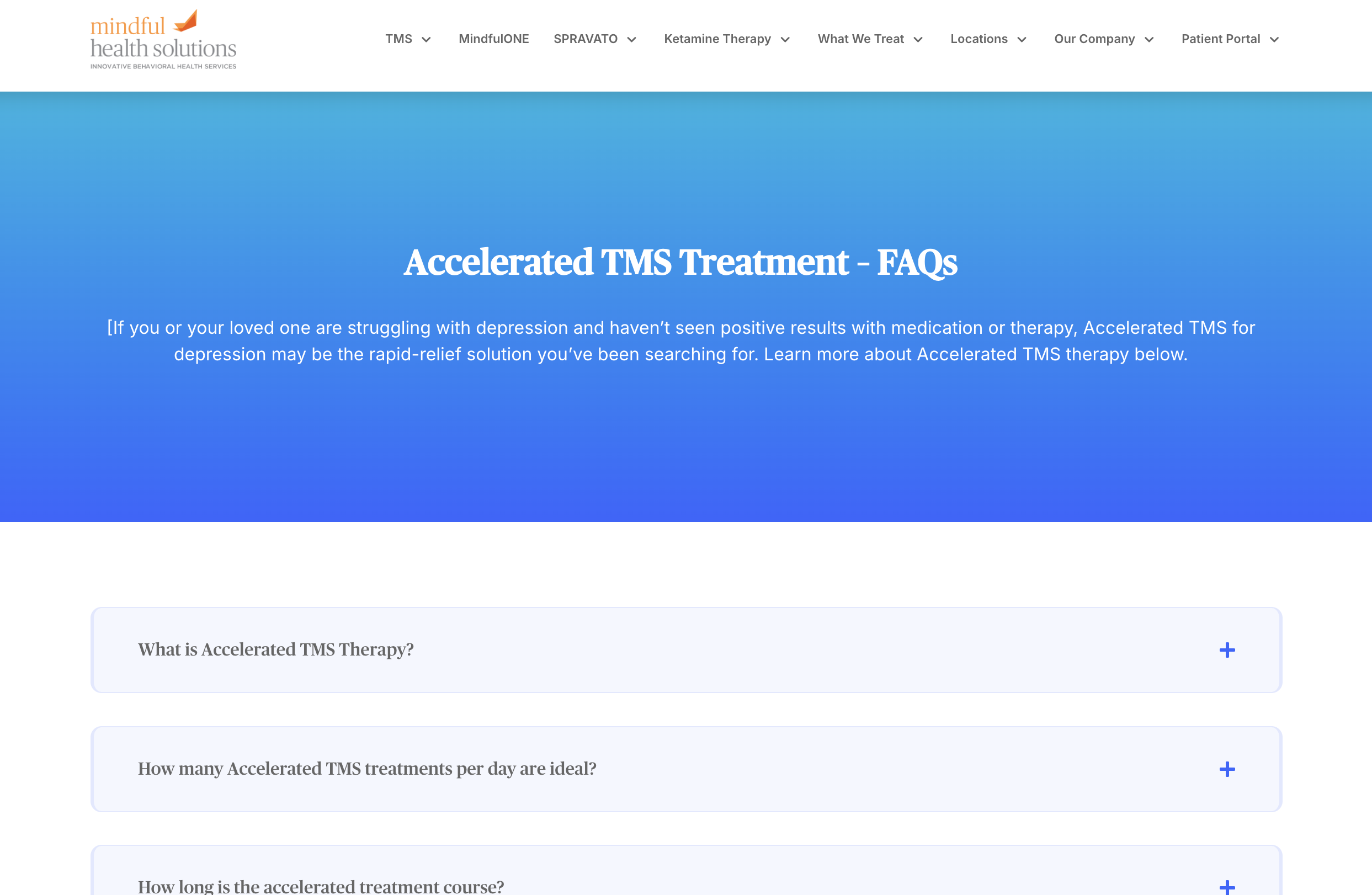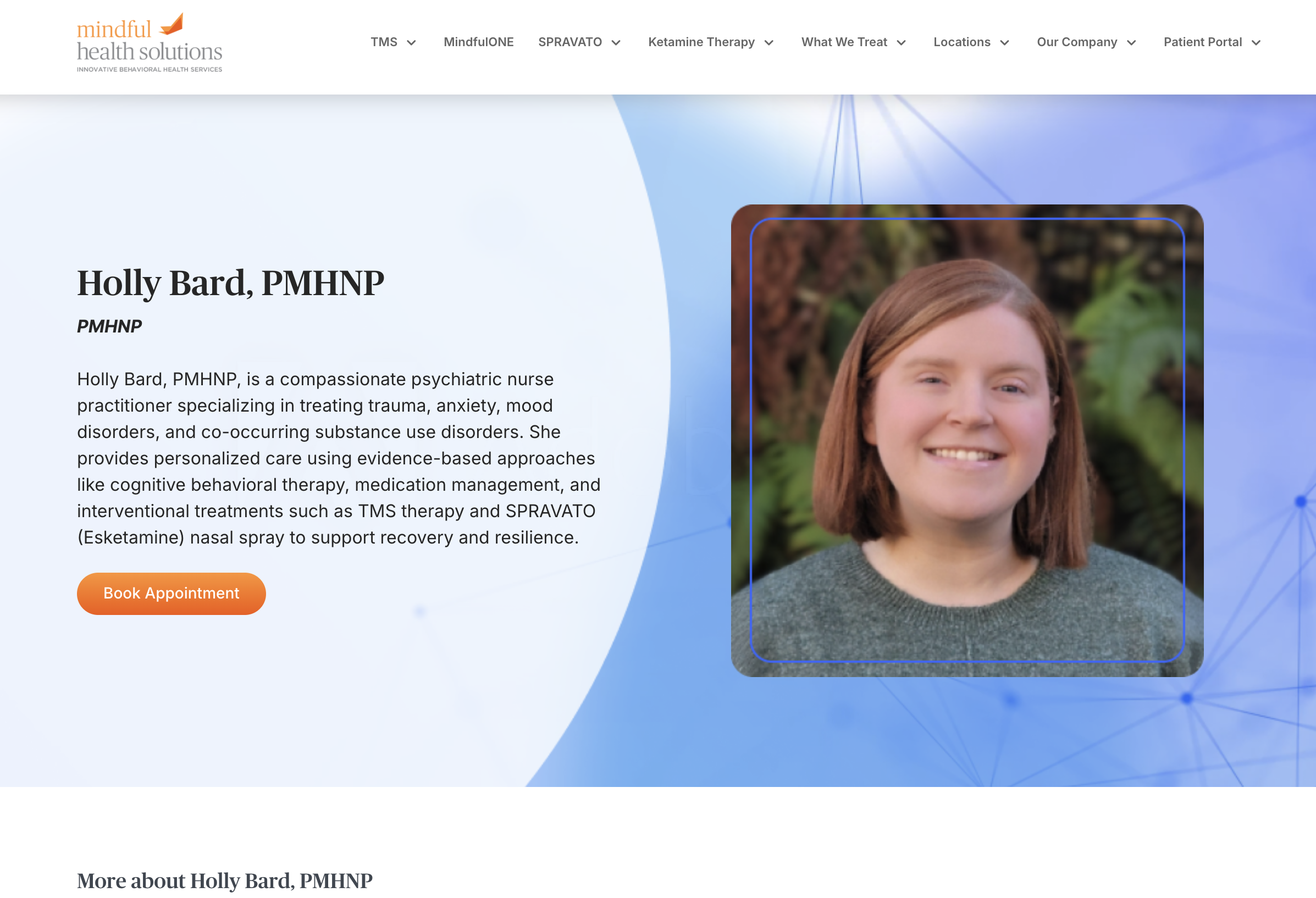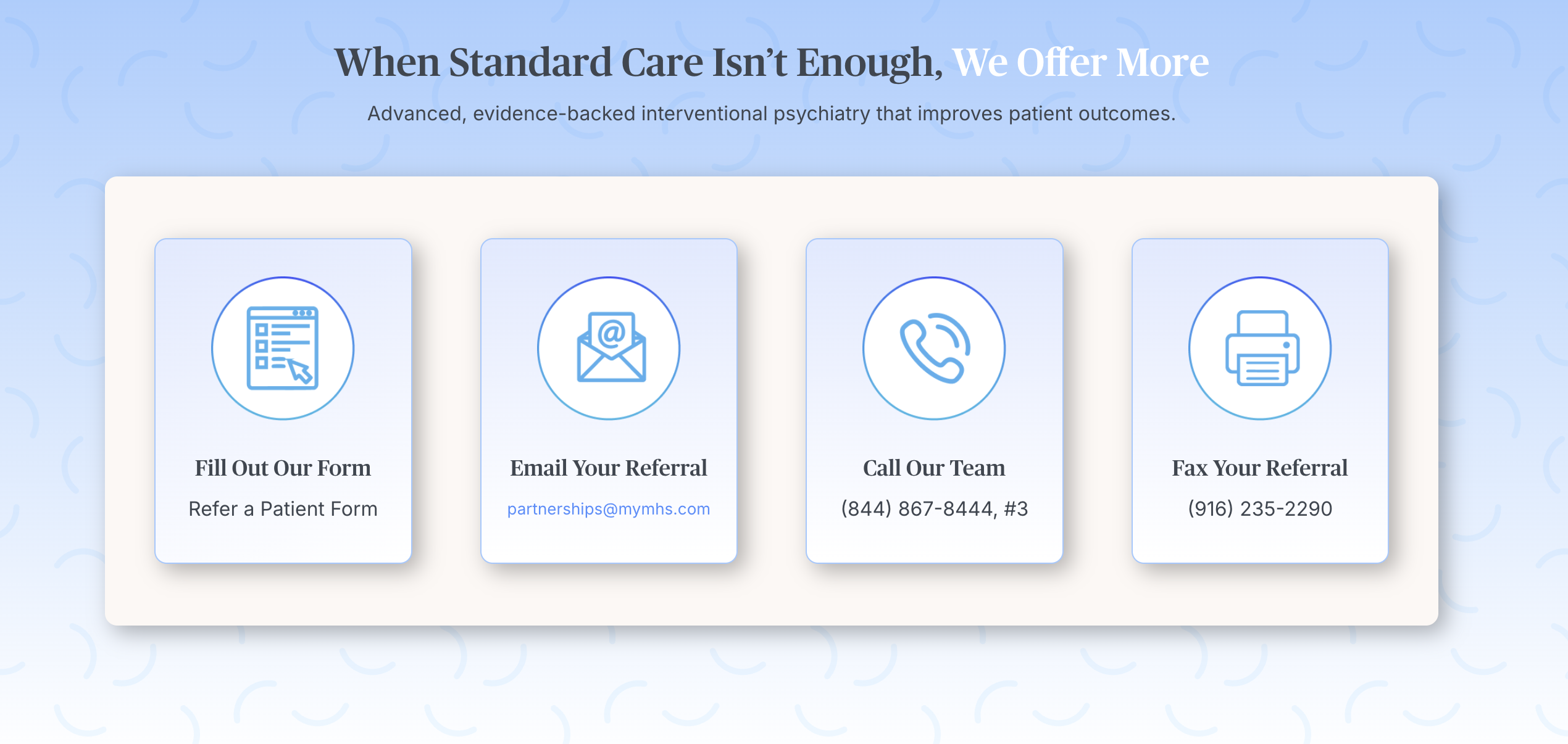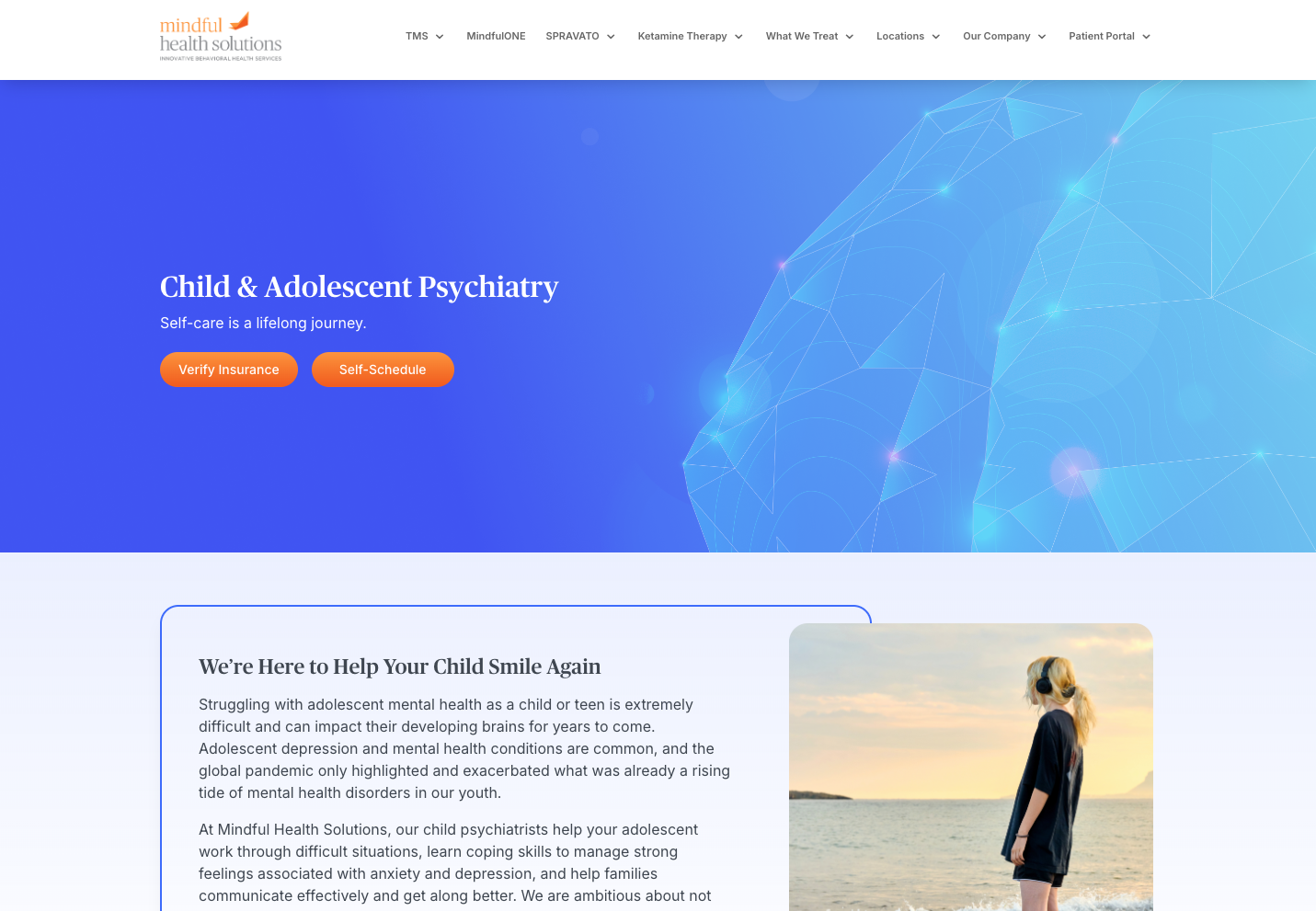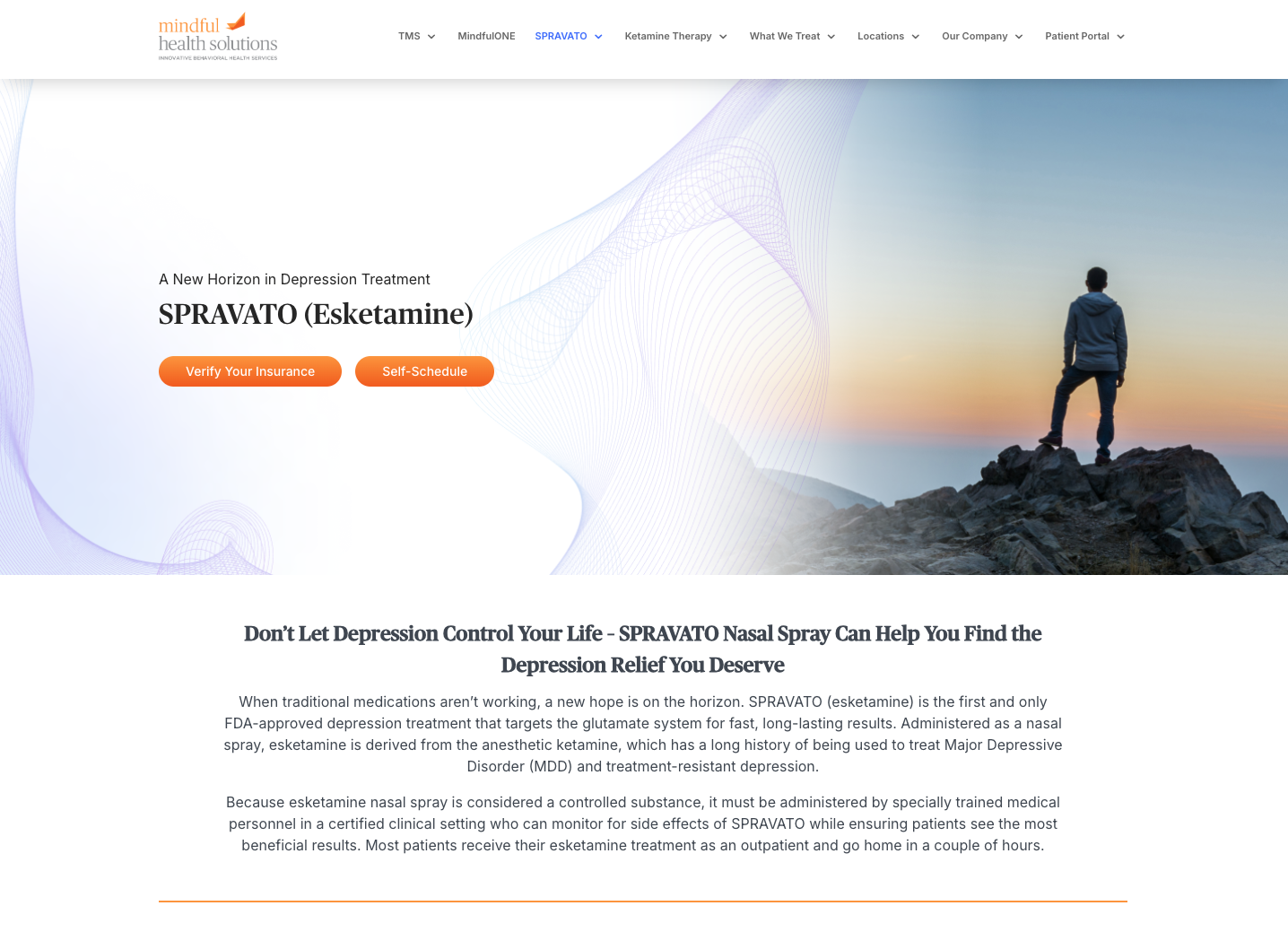In today’s fast-paced world, balancing work, life, and health can be challenging. For those undergoing TMS (Transcranial Magnetic Stimulation) therapy for depression, this balance becomes even more crucial. This blog post aims to provide practical tips and insights to help you navigate this journey with success.
Understanding TMS Therapy
Transcranial Magnetic Stimulation (TMS) is a non-invasive, non-medication treatment for clinical depression. It works by delivering localized electromagnetic pulses to the prefrontal cortex, the brain area responsible for mood regulation. These pulses stimulate neurons to release neurotransmitters like serotonin and dopamine, crucial in managing depression. FDA-approved in 2008 for treating treatment-resistant depression, TMS is particularly beneficial for those who haven’t found success with medications or antidepressants.
With limited side effects and a comfortable treatment process, TMS therapy typically involves 20-30 minute sessions, five days a week for four to six weeks. This commitment, while significant, offers the potential for lasting impacts on mental well-being and is effective in approximately 70% of our patients here at Mindful Health Solutions.
Challenges of Balancing TMS Therapy with Work and Life
We understand that balancing TMS therapy with work and life responsibilities presents several challenges, mainly stemming from its scheduling demands and the need to maintain daily responsibilities.
- Frequency and Duration of Sessions — TMS therapy typically requires sessions five days a week for four to six weeks, each lasting about 20-30 minutes. This demanding schedule can be challenging to integrate into a busy workday or personal life, especially for those with inflexible job hours or caregiving responsibilities.
- Physical and Emotional Fatigue — Although TMS is generally well-tolerated, some individuals may experience fatigue or mild side effects like headaches or scalp discomfort for the first couple weeks of treatment. This can impact one’s ability to concentrate at work or engage in daily activities.
- Travel and Commute Considerations — For many, the travel to and from the treatment facility can add an additional layer of complexity, especially if the clinic is far from home or work. This can result in longer days and may require adjustments in daily routines.
- Workplace Stigma and Privacy Concerns — There is still a stigma surrounding mental health treatment in many workplaces. This can make individuals hesitant to disclose their therapy needs to employers or colleagues, affecting their ability to adjust their work schedules.
- Balancing Other Treatment Modalities — Many individuals undergoing TMS also continue other forms of treatment, such as psychotherapy or medication management. Coordinating these treatments along with TMS can be demanding.
- Financial and Insurance Considerations — For some, there may be financial concerns related to the cost of TMS therapy, including insurance coverage and out-of-pocket expenses, which can add to the stress of managing therapy with other life responsibilities. At Mindful Health Solutions, we accept most major insurances and handle the insurance approvals for you to help make this process easier for you.
- Adjusting Family and Social Commitments — Ensuring family and social commitments are met while attending regular TMS sessions can be challenging, especially for primary caregivers or those with significant family obligations.
These challenges highlight the need for careful planning, support, and flexibility both from the individual undergoing TMS therapy and from their support network, including employers, family, and healthcare providers. Addressing these challenges head-on and seeking collaborative solutions can help in successfully balancing TMS therapy with work and life commitments.
Practical Tips for Managing Work alongside TMS Therapy
Balancing work and TMS therapy requires strategic planning and clear communication. Here’s how you can manage your professional life while prioritizing your mental health treatment.
Smart Scheduling Your TMS Therapy Appointments
Firstly, integrate TMS sessions into your workday with minimal disruption. Review your work schedule to identify the best times for therapy, such as early mornings, lunch breaks, or late afternoons. Consistent scheduling helps establish a routine that aligns with your job.
Open Communication
Secondly, discuss your therapy schedule with your employer or HR openly. Assure them of your job commitment while addressing your health needs. Transparent conversations can lead to understanding and support, potentially opening up flexible arrangements.
Flexibility
Lastly, explore flexible work options, if available. Telecommuting, adjusted work hours, or task flexibility can greatly support your therapy commitment. Propose practical solutions that align with your therapy needs and workplace requirements.
Implementing these strategies can help you effectively manage work while undergoing TMS therapy, ensuring your professional and mental health needs are both well-addressed.
Integrating TMS Therapy into Daily Life
Integrating TMS therapy into your daily life requires thoughtful planning and adaptation. The goal is to make your therapy sessions a seamless part of your routine, ensuring that both your mental health and daily responsibilities are well-managed.
Routine Integration
Your TMS sessions, though frequent, can become a manageable part of your life when viewed and scheduled like any other vital appointment. By looking at your weekly schedule, you can identify the best times for your sessions that cause the least disruption. Whether it’s early mornings, lunch breaks, or late afternoons, finding a consistent slot helps in establishing a routine.
Family Coordination
Your family plays a crucial role in your TMS journey. Their understanding and support can significantly ease the process. Keep open communication with your family members. Discuss how your treatment might affect daily routines and find ways together to adjust household responsibilities. This cooperative approach ensures that everyone’s needs are met and reduces stress.
Self-Care Time
Amidst the hustle of therapy and daily chores, it’s vital to carve out time for yourself. Prioritize activities that help you relax and rejuvenate. Whether it’s reading, a hobby, or simply quiet time, these moments are essential for your overall well-being.
Strategies for Maintaining Mental and Emotional Wellbeing
Maintaining your mental and emotional well-being is as crucial as the therapy itself. This involves adopting strategies that support your mental health outside the therapy sessions.
Stress Management Techniques
Managing stress effectively can enhance the effectiveness of your TMS therapy. Incorporate stress-reduction techniques such as meditation, yoga, or gentle exercise into your daily routine. These practices not only help in managing stress but also improve overall mental clarity and emotional balance.
Emotional Support
The journey through TMS therapy can be emotionally demanding, making a strong support system invaluable. Stay connected with friends, family, or support groups who understand your journey. Sharing experiences, challenges, and successes with others can provide emotional relief and a sense of community.
Professional Guidance
Continuous professional support is essential for navigating the ups and downs of mental health treatment. Keep regular contact with your mental health professional. This ensures that any concerns are promptly addressed and your treatment is adjusted as needed for optimal results.
Managing Side Effects of TMS Therapy
While TMS therapy is known for having limited side effects, especially compared to traditional medications, it’s important to be prepared for any minor side effects that may arise, especially in the first few weeks. Understanding these effects and knowing how to manage them can make your therapy journey smoother.
Common Side Effects
The most common side effects of TMS include headache, scalp discomfort at the treatment site, or lightheadedness. These side effects are generally mild and often decrease over time.
Effective Management Strategies:
- Headache Management — Over-the-counter pain relievers like ibuprofen or acetaminophen can be effective. It’s also important to stay hydrated and rest when needed.
- Scalp Discomfort — Applying a cold pack to the affected area can provide relief. Ensure that the cold pack is wrapped in a cloth to protect your skin.
- Managing Lightheadedness — Resting immediately after the session and avoiding sudden movements can help. If you experience lightheadedness, it’s advisable to sit for a few minutes post-treatment before standing up.
Adequate sleep, a balanced diet, and gentle physical activity can also play a significant role in minimizing side effects and improving your overall treatment experience.
Always inform your TMS therapist or doctor about any side effects you experience. They may adjust the treatment intensity or provide additional advice to alleviate discomfort.
By being proactive in managing side effects and staying in close communication with your healthcare provider, you can ensure that your TMS therapy is as comfortable and effective as possible.
Balancing work, life, and TMS therapy is undoubtedly challenging, but with the right approach, it’s achievable. The key lies in planning, communication, and self-care. Remember, taking care of your mental health is not just beneficial for you but also for your overall productivity and quality of life.
If you’re considering TMS therapy or have questions about how it can fit into your busy schedule, we’re here to help. At Mindful Health Solutions, our team is dedicated to providing personalized care and support, ensuring that your treatment plan aligns with your unique needs and lifestyle. Reach out to us at (844) 867-8444 to schedule a TMS consultation. Remember, taking the first step toward treatment is a sign of strength and a commitment to your well-being. Let’s take that step together.


